
Network Science enthusiast, in pursuit of computational neuroscience
https://sina-mansour.github.io/

🔗 www.medrxiv.org/content/10.1...
New study by @saampras.bsky.social featuring AddPro's @vale-addiction.bsky.social suggests that #neurofeedback can boost awareness + reduce emotional distress during meditation in beginners!
🔗 link.springer.com/article/10.1...
Congrats to all authors!

New study by @saampras.bsky.social featuring AddPro's @vale-addiction.bsky.social suggests that #neurofeedback can boost awareness + reduce emotional distress during meditation in beginners!
🔗 link.springer.com/article/10.1...
Congrats to all authors!
AI performance is known to scale with logarithm of sample size (Kaplan 2020), but in many domains, sample size can be # participants or # measurements...
doi.org/10.1038/s415...
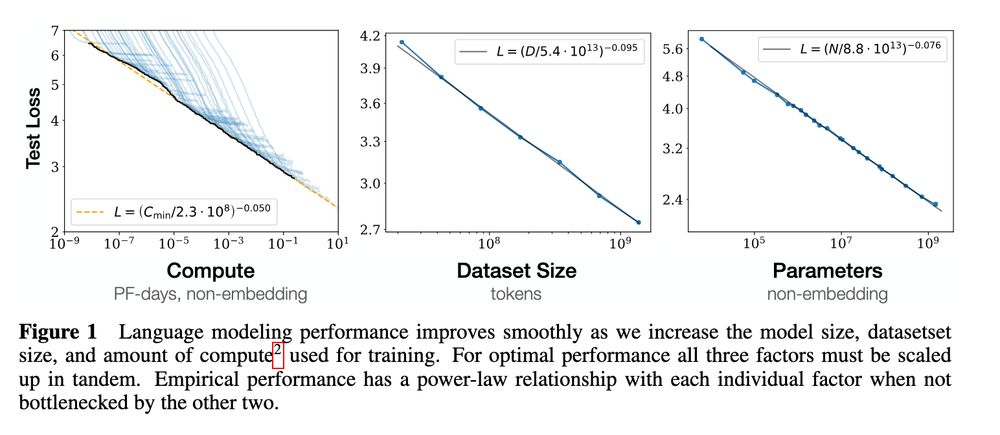
AI performance is known to scale with logarithm of sample size (Kaplan 2020), but in many domains, sample size can be # participants or # measurements...
doi.org/10.1038/s415...
I'll be presenting a semi-hands-on course on reproducible research workflows, from code to visualization.
📖 Slides are now online:
sina-mansour.github.io/ohbm2025-rep...

I'll be presenting a semi-hands-on course on reproducible research workflows, from code to visualization.
📖 Slides are now online:
sina-mansour.github.io/ohbm2025-rep...
Biophysical modeling is a key tool to derive mechanistic insights into the brain. These models are governed by biologically meaningful parameters (unlike artificial neural networks), but the dirty secret ... 1/N
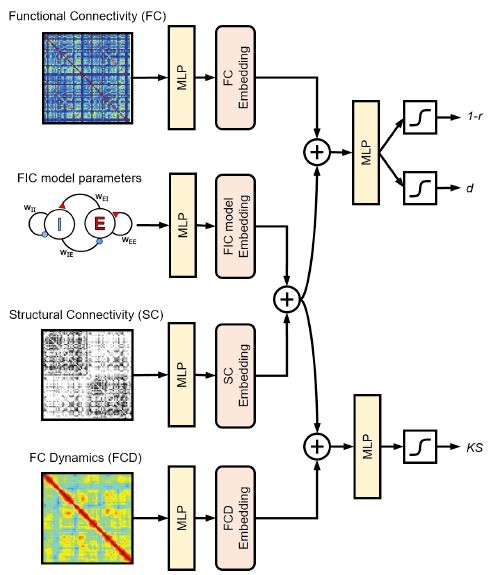

Funded by National Institute of Mental Health (NIMH)

Funded by National Institute of Mental Health (NIMH)
With collaborators L. Ooi, P. Chen, L. An @bttyeo.bsky.social, and more!
🔗https://tinyurl.com/parentalbrain


With collaborators L. Ooi, P. Chen, L. An @bttyeo.bsky.social, and more!
🔗https://tinyurl.com/parentalbrain
With collaborators L. Ooi, P. Chen, L. An @bttyeo.bsky.social, and more!
🔗https://tinyurl.com/parentalbrain


The hackathon will be held April 22-23 at Sick Kids Toronto. Beginners and experienced hackers welcome!
Website and registration: www.repronim.org/SOBPHack-042...

The hackathon will be held April 22-23 at Sick Kids Toronto. Beginners and experienced hackers welcome!
Website and registration: www.repronim.org/SOBPHack-042...

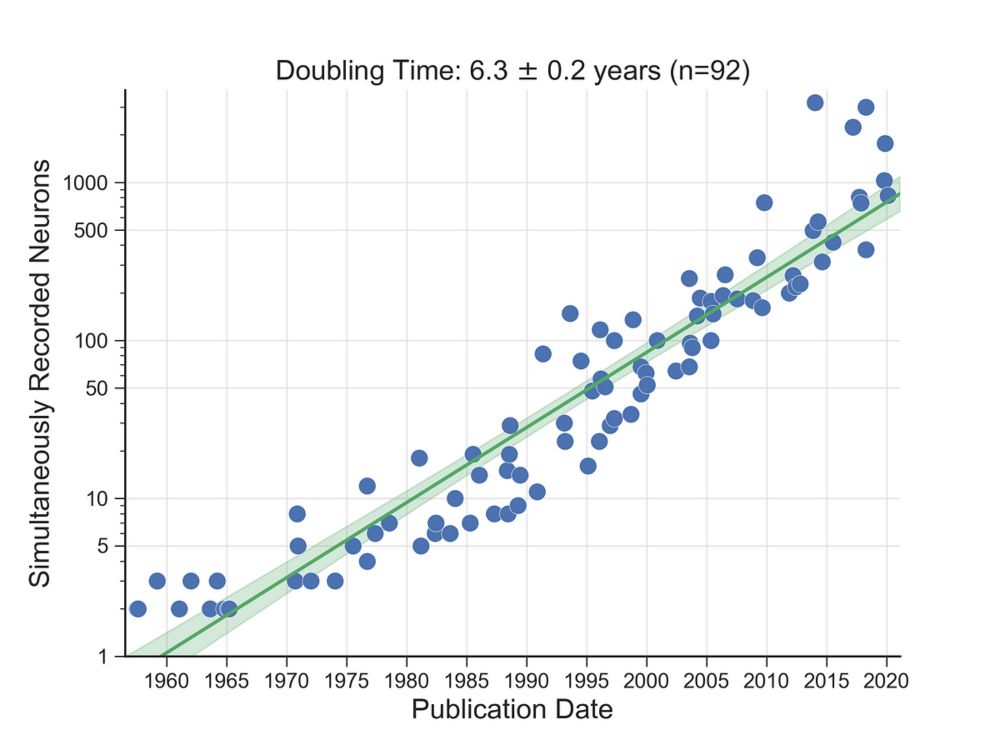
TLDR: Vertices are much closer to each other in sulci, resulting in (fake) high spatial autocorrelation. (1/5)
TLDR: Vertices are much closer to each other in sulci, resulting in (fake) high spatial autocorrelation. (1/5)
Check out our preprint here: www.medrxiv.org/content/10.1...

Check out our preprint here: www.medrxiv.org/content/10.1...
youtu.be/rQQx0k1Sgdc?...

youtu.be/rQQx0k1Sgdc?...
@ismrm.bsky.social

@ismrm.bsky.social
BUT what about the inverse problem?
Can personal data be used to build an individual's whole connectome?
YES - with AI:
www.biorxiv.org/content/10.1...

BUT what about the inverse problem?
Can personal data be used to build an individual's whole connectome?
YES - with AI:
www.biorxiv.org/content/10.1...
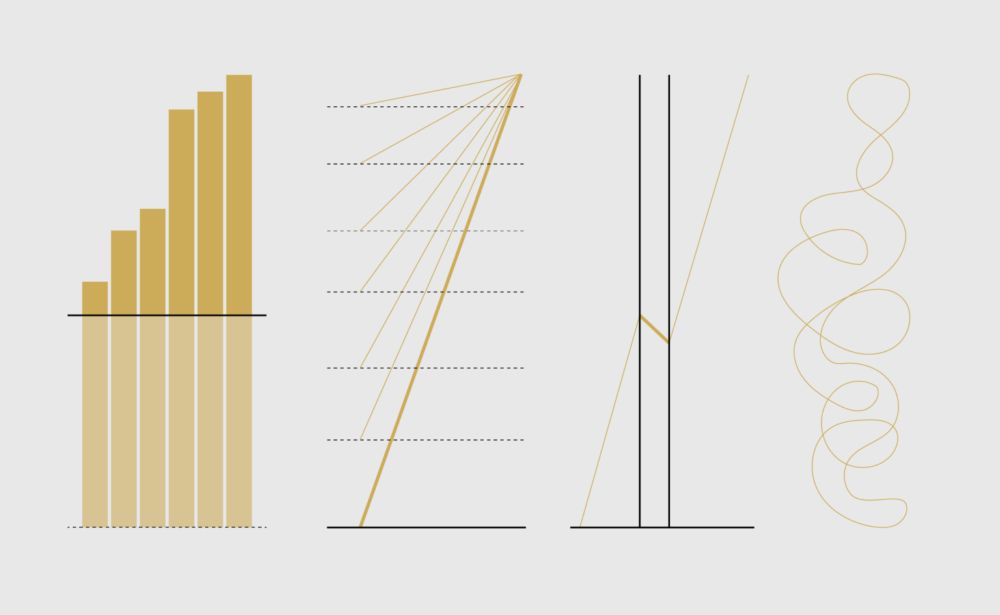
Really cool multi-species work from Caio Seguin on module-defined communication policies in connectomes!
www.biorxiv.org/content/10.1...
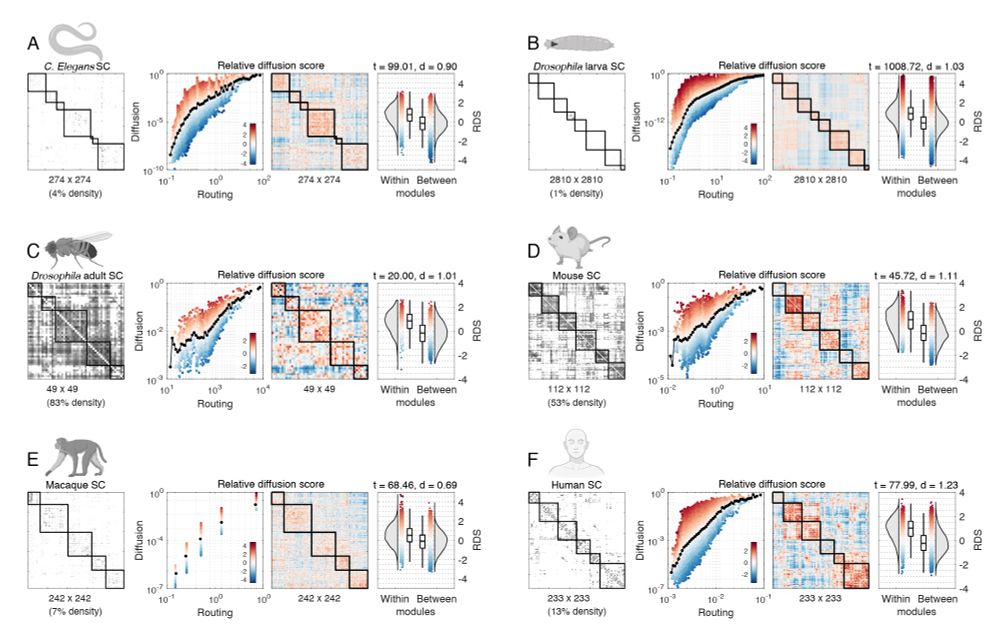
Really cool multi-species work from Caio Seguin on module-defined communication policies in connectomes!
www.biorxiv.org/content/10.1...
Neuroanatomical pathways of TMS therapy for depression
www.medrxiv.org/content/10.1...
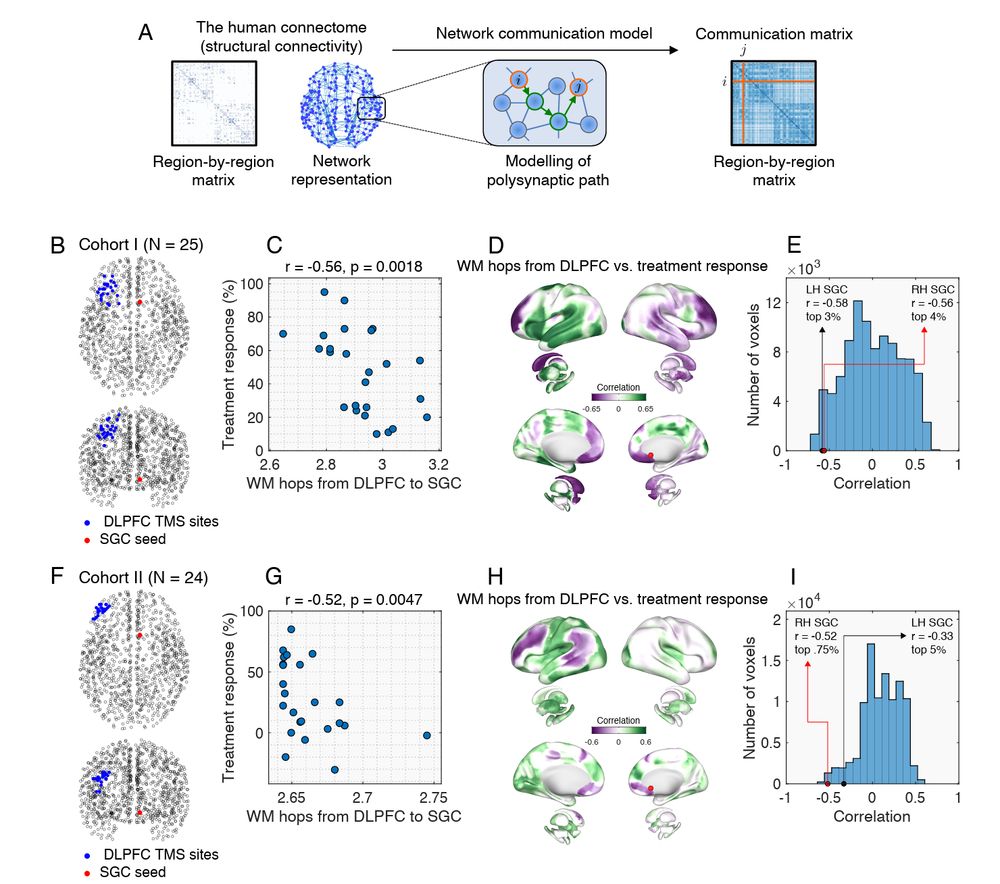
Neuroanatomical pathways of TMS therapy for depression
www.medrxiv.org/content/10.1...
But axons linking DLPFC and SGC are absent.
How then does TMS stimulation delivered to the DLPFC modulate SGC activity?
Check out Caio's work on how stimulation effects propagate in the absence of direct anatomical paths
Neuroanatomical pathways of TMS therapy for depression
www.medrxiv.org/content/10.1...

But axons linking DLPFC and SGC are absent.
How then does TMS stimulation delivered to the DLPFC modulate SGC activity?
Check out Caio's work on how stimulation effects propagate in the absence of direct anatomical paths
We’ve built an interactive visualization showcasing high-resolution normative reference ranges generated via SNM.
🔗 Try it here: sina-mansour.github.io/normative_br...
We’ve built an interactive visualization showcasing high-resolution normative reference ranges generated via SNM.
🔗 Try it here: sina-mansour.github.io/normative_br...
🗓️ Good news! The submission deadline for the Special Issue on Open Datasets has been extended to April 30th, 2025.
Don't miss this opportunity to contribute to critical discussions on data governance, ethics, infrastructure, and more!
🔗 Learn more at: tinyurl.com/5n7xruwz

🔗 www.medrxiv.org/content/10.1...

🔗 www.medrxiv.org/content/10.1...
To get the party started, we are delighted to announce SPM 25.01, a major new version of the open-source neuroimaging software.
Read the preprint to discover what's new arxiv.org/pdf/2501.12081 and download SPM for free from Github github.com/spm/spm/rele...
The first new feature is that users can explore how different N & T leads to different accuracy, e.g., N=1000 & T=30min => 81% max accuracy. 🧵
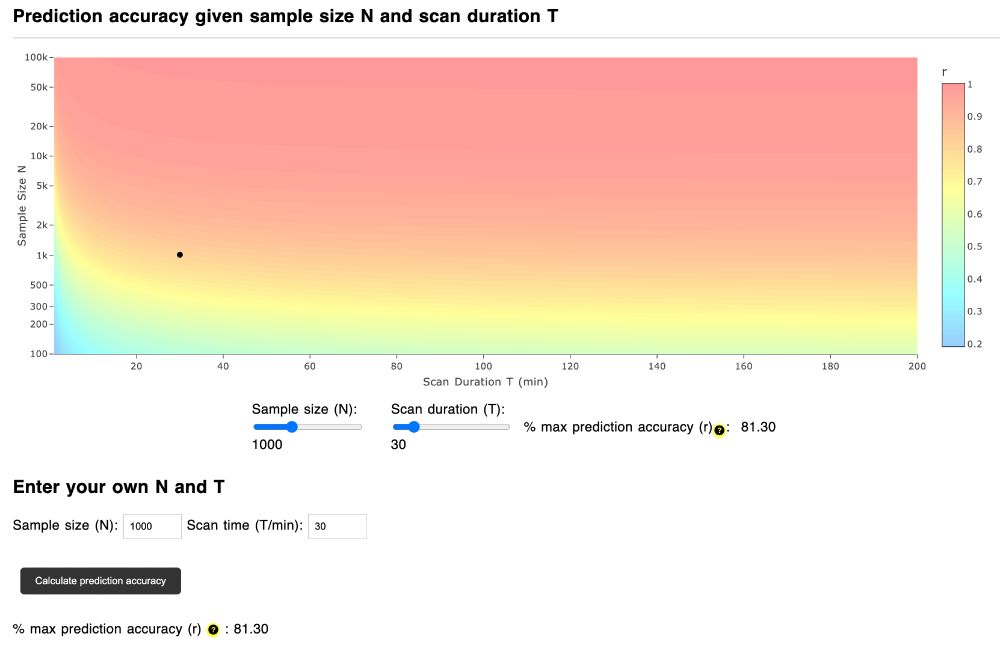
The first new feature is that users can explore how different N & T leads to different accuracy, e.g., N=1000 & T=30min => 81% max accuracy. 🧵

